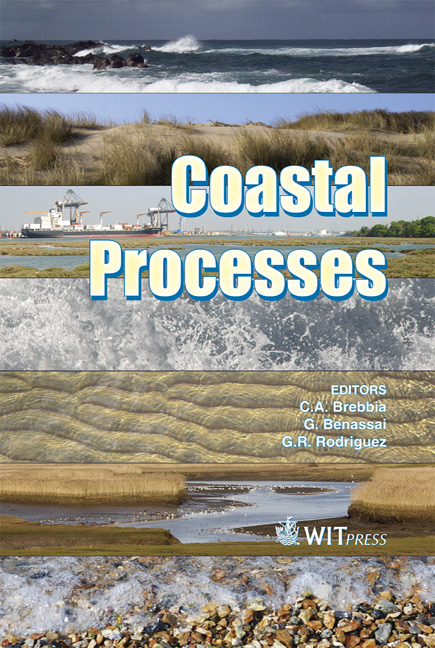New Requirements On Beach Design: Limiting States Condition
Price
Free (open access)
Transaction
Volume
126
Pages
9
Page Range
273 - 281
Published
2009
Size
2031 kb
Paper DOI
10.2495/CP090241
Copyright
WIT Press
Author(s)
J. C. Santás & J. M. de la Peña
Abstract
The natural evolution of a beach follows a sequence of different situations: accretion, erosion, annual oscillations and stable phases, but the beach is not an isolated coastal unit and interacts with its surrounding areas. Problems appear when its evolution affects other entities on the coastal zone related to infrastructures or leisure use or to the territorial development of the coastal region. Problems also brought about by urban pressure and the natural tendency to invade and use the coastal zone has led to designing the coastal edge without taking into account the effects of bad weather states or storms, as it is for other coastal structures. When this happens and damage occurs, public opinion establishes a relation of damage with other circumstances or factors different to the real question, which is that the beach design has not taken into account extreme conditions: the land development has considered the beach only in its best or medium weather conditions. This paper presents new criteria to designing beaches taking into account its state of maximum sea impact, that is, its limit state. Keywords: beach design, stormy boundary conditions for beach design.
Keywords
beach design, stormy boundary conditions for beach design





